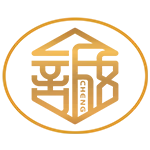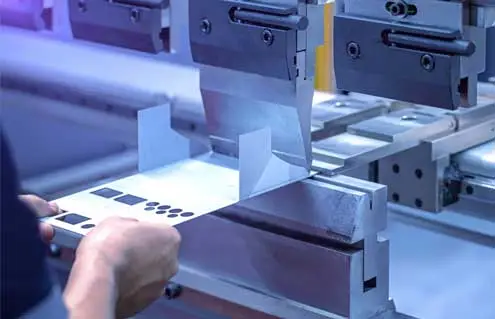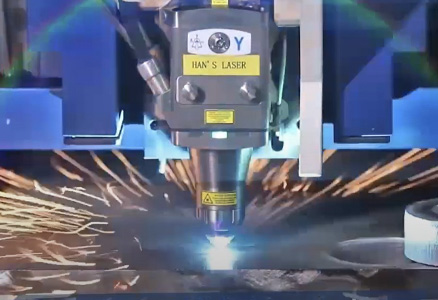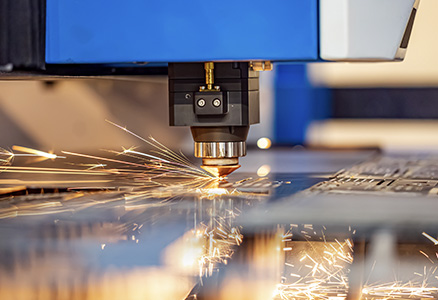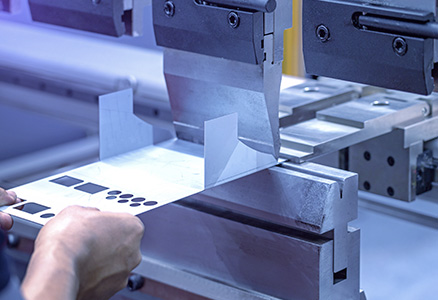Envision a world in which parts show up mysteriously, unequivocally produced, and ready for gathering, and where metal is changed into muddled shapes with each push of a machine. This is the field of moderate die stamping, a quick, exceptionally exact metalworking technique that has changed creation in various ventures.
A piece of sheet metal is stepped utilizing this cycle by going through a few stations, each making an element that ultimately prompts a final, totally framed item.
You can apply progressive die tooling to flexible materials like copper, aluminum, and steel. Progressive die stamping enjoys the benefits of repeatability and high manufacturing volume, which brings down costs. The tooling is not suitable for low-volume manufacturing due to its high cost.
Progressive die stamping has numerous applications, from electrical parts to customer merchandise like metal enclosures to car parts like sections, brackets, and connectors. This article will cover everything from the definition and operation to applications.

Definition of Progressive Die Stamping?
There is simple question; what is progressive die? Progressive die stamping is a metal forming technique where holes are created by using die stamping process. Manufacturers use a few particular workstations in this methodology; each workstation is committed to a particular undertaking, for example, bending, coining, cutting, extruding, drawing, embossing, lancing, or punching.
Two basic elements consider predictable creation: pieces are definitively situated by pilot pins in transporter strips and stay unaltered between stations. Moreover, because stations are integrated into a solitary die block contingent upon part size, limiting arrangement variety and empowering synchronized activity, dies are not traded inside similar press between tasks.
How Progressive Die Stamping is Performed
Modern die stamping is a cutting-edge metalworking wonder that can rapidly and unequivocally transform level sheets into complex, three-layered masterpieces. Imagine a metal artfully dance, where each station in the die plays out a particular job to form, punch, and curve the material into the ideal shape. Fasten your safety belts as we investigate the charming method of progressive die stamping process.
The Die
In die stamping process the ever-evolving progressive die is the fundamental fascination; it is a masterfully made instrument with a few stations set in a specific request. Each station has a specific instrument or punch that is ready to complete its specific capability on the metal sheet.
The Material
The final part's expected use and properties figure out which metal, from aluminum to steel, is ideal. Sheets are typically fed through a coil, which facilitates a smooth and uninterrupted process.
Feeding
Through a careful feeding mechanism, the metal sheet enters the progressive die set like an entertainer ready to go. This ensures the exact area for each activity that comes later..
Station By Station Operations
A particular punch is brought down at each station and cautiously cuts out the vital shapes and openings in the moving metal sheet. With each push of the ram, envision minute ventilation cuts, elaborate stuff teeth, or definite part frames — all coming to diverse shapes.
Bending with Grace
By folding and creasing the metal with care along pre-drawn lines, bending stations give the part depth and dimension. Through these accurate curves, picture elaborate sections areas of strength for or entryway pivots springing to life.
Coining for Strength
Often, begetting stations apply a lot of strain on specific locales, fortifying the material and creating particular raised components like letters or logos.
Stripping & Sepration
After the final station has finished working, a special mechanism is used to separate the finished part from the scrap metal strip. This diminishes material waste and ensures a consistent stream.
Inspection & Ejection
The newly produced part is ready for assembly or additional processing after being ejected from the die. Quality control estimates ensure each part fulfills the expected necessities.
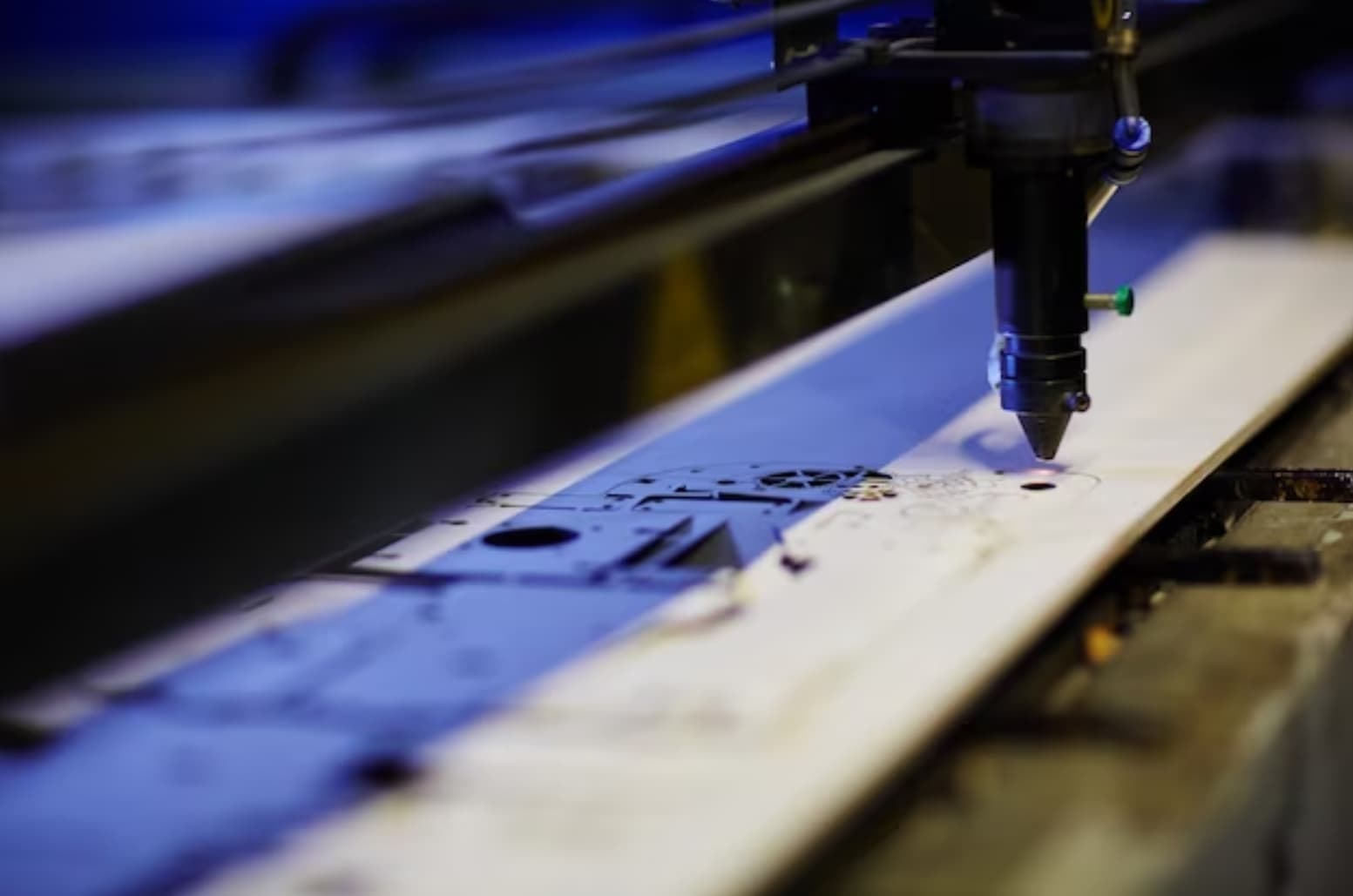
Finished Product
Finally, the die discharges the changed metal, a done and itemized piece that is ready to be set in the market. The ever-evolving die has given life to the level sheet, empowering it to become anything from a fragile watch part to a durable vehicle section and in the middle between.
Some Additional Steps to Optimize Die Process
Here are some additional points you should keep in mind during progressive die stamping process.
Die Design
Material Selection
Maintenance
Lubrication and Cooling
Die Setup and Adjustment
Process Monitoring and Control
Press Automation
Training and Skill Development
Data Analysis and Process Improvement
Quality Assurance
Use of Material Diversity in Progressive Die Stamping
Here are some ideas from JCLDD sheet metal fabrication manufacturer about deep draw manufacturing,Many materials can be used with progressive stamping and creation, contingent upon the specific prerequisites of the parts you're endeavoring to make.
Obviously, sorting out which is excellent for you will rely upon a few measures, including the part's motivation, life span, and protection from erosion.
Notwithstanding, a couple of the parts that are most often used in this technique are as per the following:
There are a few types of moderate steel alloys accessible. Cold-rolled steel is one kind of steel that is generally accessible and prestigious for its solidarity. Additionally, stainless steel is useful because it resists corrosion, making it simpler to fabricate parts that can withstand hostile environments.
High-strength, low-alloy steel comes next. Likewise notable for its perseverance, this material is beneficial while guaranteeing the greatest underlying uprightness.
Aluminum can be utilized by a progressive die producer to create different moderate parts by using its lightweight development and protection from erosion.
Aluminum alloys have fluctuating levels of solidarity and other mechanical attributes, so you ought to be cautious about what you apply and why.
Copper is notable for its exceptional electrical conductivity and is used to make numerous electrical parts. Then, at that point, there are its most frequently utilized composites, metal and bronze, with incredible stylish characteristics and reasonableness.
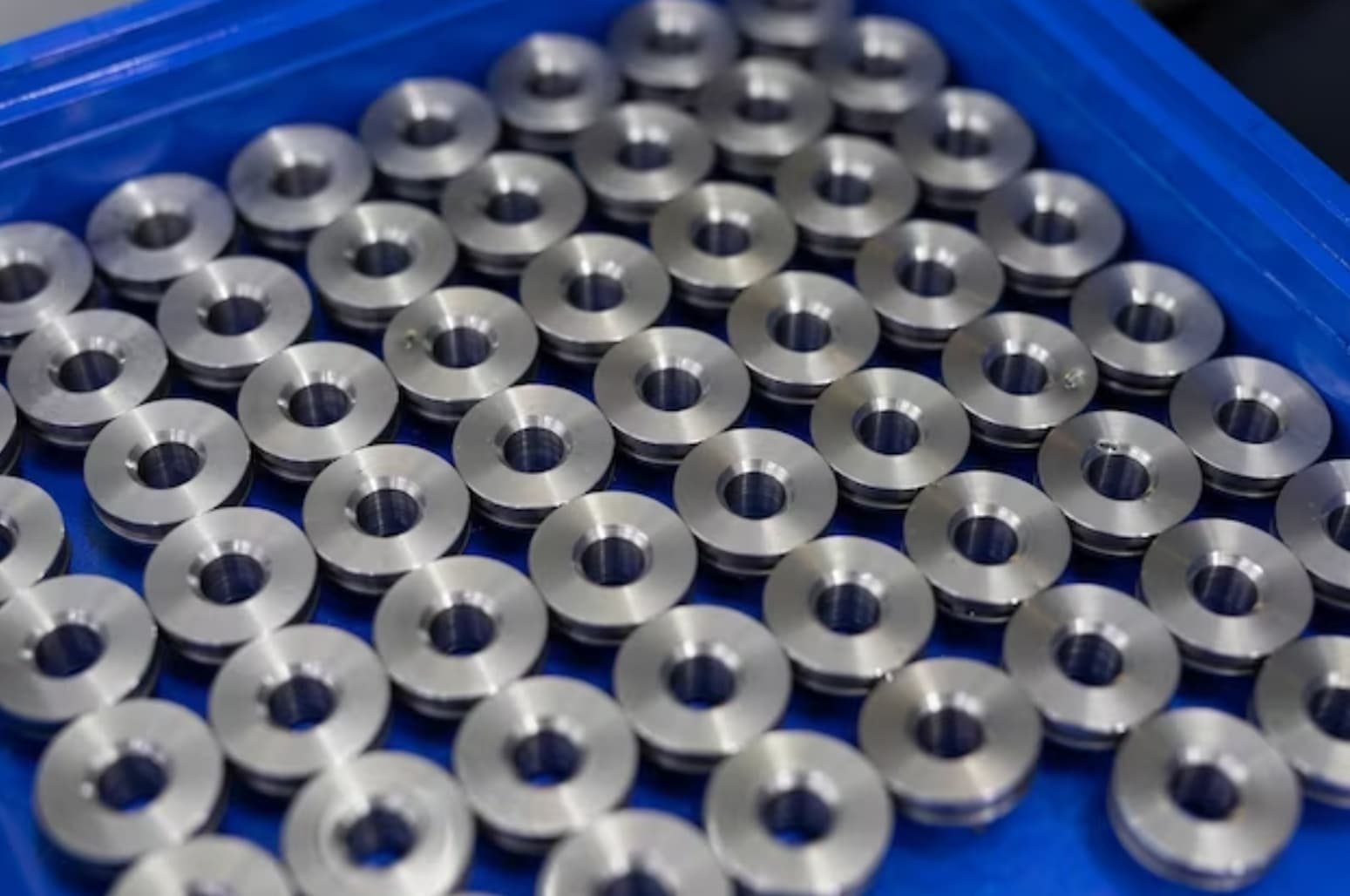
Materials like thermosetting polymers and thermoplastics are suitable for progressive die-stamping activities with regard to creating lightweight parts, encasings, and different parts that can be used to make gadgets.
Admittance to strange composites is fundamental for progressive die stamping achievement. Titanium has a high solidarity-to-weight proportion makes it ideal for different applications, including aviation and medication. Inconel additionally offers extraordinary temperature and consumption obstruction.
Monel might be vital on the off chance that you're fostering an advancement instrument and die for marine exercises.
On the off chance that none allure for you, you could investigate substitutes like rubber, valuable metals, and different materials. Your decision ought to eventually be founded on your exceptional prerequisites and how well the progressive die press functions as a functional unit.
Advantages of Progressive Die Stamping
Because of its benefits, progressive die stamping is the manufacturing technique of choice for sectors needing reliable, high-volume production of precision components.
High Volume Production:
functions admirably in high-volume fabricating on the grounds that it makes delivering colossal quantities of parts rapidly and successfully conceivable.
Precision and Accuracy:
Intricate pieces are formed to exact standards and tolerances with extreme precision.
Contrasted with elective assembling strategies, progressive die stamping is habitually more practical because of its ability to make various parts in a solitary activity.
Consistency Across Parts:
Parts made by progressive die stamping are uniform all through the creation run and show reliable quality and layered accuracy.
Speed and Efficiency:
The progressive stamping method is famous for its proficiency and speed, which takes into account quick completion times and adherence to severe creation cutoff times.
Material Utilization:
The fact that progressive stamping reduces waste while simultaneously maximizing the use of raw materials is another significant advantage.
Complex Geometries:
Complicated and complex part calculations that might be troublesome or costly to achieve through elective assembling techniques are appropriate for progressive die stamping.
Reduced Secondary Operations:
The method smoothes out the assembling work process and brings down complete creation costs by often keeping away from the prerequisite for significant helper systems
High-Speed Production:
High-speed progressive die stamping adds to higher creation rates and speedier conveyance of finished parts.
Enhanced Material Strength:
Progressive die stamping leaves behind predominant material strength and solidness that satisfy requesting execution norms.
Progressive Die Stamping Cons
As to starting tooling costs, progressive die stamping may be more unreasonable than different strategies like line or transfer dies.
Usually Requires Meticulous Setup
In this way, dispensing time and money towards ensuring the right tooling plans before creation commencement is essential, as the cycle requires careful alignment and arrangement of tasks.
You Need a Coil Feeder System
A few makers favor less difficulty taking care of frameworks; hence, the prerequisite for a coil feeder framework is an inconvenience since it adds intricacy and cost to the gear arrangement.
Consider Design Factors for Progressive Die Stamping
Eventually, how much you can consider various viewpoints about industrial metal stamping, will decide how successfully your progressive die stamping design guide and process turns out. Among them are:
Part Design and Feasibility
Not surprisingly, start with a very much planned part great for progressive die stamping. It is important to design features that still allow for effective material feeding while minimizing material waste.

Material Feeding and Straightening
Material taking care of instruments should be enhanced for a consistent, smooth progression of material into the die. You can utilize material fixing all through the board to guarantee you don't experience a coil set in the material strip.
Cooling & Lubrication
Decreased grating between the material and the die can be achieved with proper lubrication. Additionally, Cooking systems can also help control how much heat is produced during the stamping process.
Die Protection Systems
Put a die protection mechanism in place to shield the die and the tool from harm. Each one of them can stop the press to forestall extra damage while additionally supporting distinguishing issues like different feeds and misfeeds..
Press Selection and Setup
Ensure the press you pick will work with your progressive die design and meet your part creation prerequisites and the die's parameters. Also, recall the significance of exact arrangement and alignment, assuming you need dependable findings.
Quality Control Measures
Continuously do direct in-process quality control reviews and checks at different stepping process stages. As such, likely deviations and imperfections may be found
Operator Training
Operators and technicians must be taught how to use equipment effectively and resolve common problems. Your tasks ought to advance a nonstop improvement culture. Ideas ought to be invited the length of they further develop efficiency
Scrap Management
When designing your progress tool and die, try to use as little scrap material as possible. This will ensure cost reserve funds and the most ideal material use.
Supplier and Vendor Relationships
To ensure you get the most ideal materials, keeping up contact with apparatus and material suppliers is basic. Convenient help is required on the off chance that you want to perform upkeep and fixes.
Production Planning and Scheduling
Successful creation arranging will be expected to guarantee creation proficiency and fulfil any client assumptions.
Application of Progressive Die Stamping
Progressive die stamping is essential in the manufacturing and assembling cycles of different buyer merchandise, and it is especially appropriate for creating equipment like fasteners and clasps. Let's ride in applications:
The technique can be applied to delivering clips, clasps, and connections in the vehicle area. High exactness and consistency are fundamental for these parts, and a stamping press ensures both security, performance, and safety vehicle execution.
Electronics Manufacturing:
Die stamping can make terminals, contacts, and connectors, and much more. They require exact elements and demand resilience, which makes the strategy impeccable.
Die stamping helps with delivering sensibly evaluated and, at the same time, valuable home machines, like pivots and boards.
Progressive die stamping machine is utilized in aviation activities to make different aerospace parts, like sections and fasteners. The interaction is especially essential because a large number of these parts should comply with tight security guidelines.
Medical Device Manufacturing:
The medical business can utilize it to make careful instruments, surgical parts, and different items. Here, the significance of precision and quality couldn't possibly be more significant.
Stamping is generally used to create screws, fasteners, nuts, and other strung clasps. The interaction takes into consideration high-volume creation with exact stringing and consistent quality.
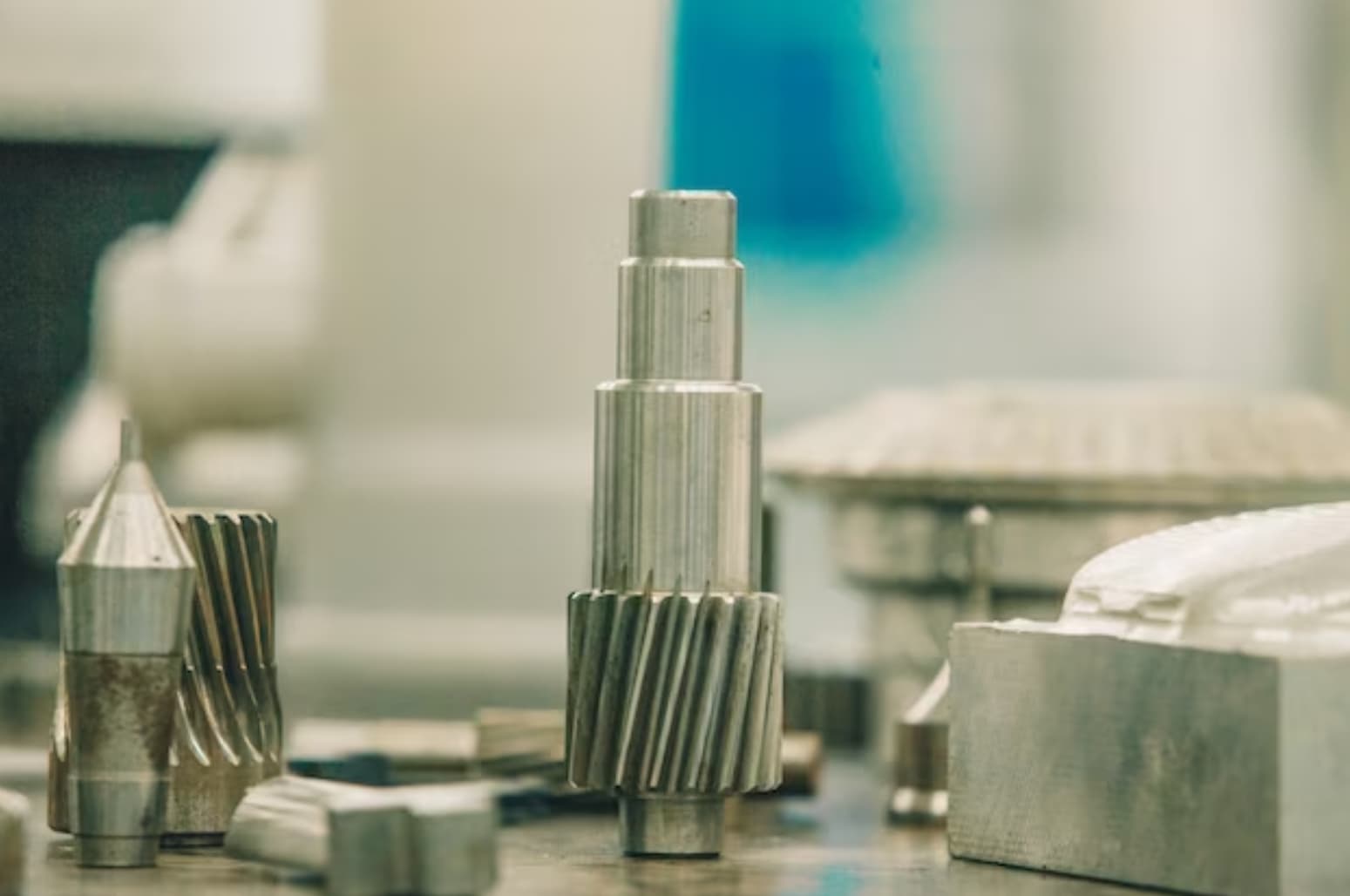
Telecommunications Industry:
This technique is used to make minuscule parts that go into telecom hardware. It will likely ensure that these parts satisfy the tough necessities required for operations.
Manufacturers also use progressive die stamping to manufacture solar panels and wind turbine components.
Construction & Buildings:
Guaranteeing the integrity and solidness of structures and other underlying parts requires parts utilized in primary and building applications, like clamps and sections.
Production Volume Difference:
Progressive Die Stamping: Ideal for high-volume creation where huge amounts of a similar part are required.
Transfer Die Stamping: Appropriate for lower to medium creation volumes, offering adaptability for different part plans.
Complexity of Parts:
Progressive Die Stamping: Ideal for more modest, easier pieces that might be stepped in an orderly fashion utilizing stamping operations.
Transfer Die Stamping: More versatile for many-sided parts. With transfer dies, complicated and bigger parts can be obliged by playing out various tasks at discrete stations.
Tooling Cost:
Progressive Die Stamping: It has more noteworthy starting tooling costs overall on the grounds that each station needs a particular device. Then again, while assembling amounts increment, the expense per unit drops.
Transfer Die stamping: Lower introductory tooling costs than moderate progressive die stamping, yet the expense per unit could be higher for more modest creation runs.
Material Utilization:
Progressive Die Stamping: Powerful utilization of material since waste is decreased by handling the material continually in a straight way.
Transfer Die stamping: Because of the extra material taken care of expected between stations, there can be a frank expansion in material waste.
Setup and Changeovers:
Progressive Die Stamping: For the most part, quicker advances between creation runs yet more extended arrangement periods from the beginning.
Transfer Die Stamping: Arrangement times are at first more limited, yet exchanging between various part plans or arrangements might take more time.
Tolerance and Precision:
Progressive Die Stamping: Gives tight resilience and incredible accuracy, especially for more modest, easier things.
Transfer Die Stamping: Might be less exact than moderate die-stamping; however, it offers strong resistance and accuracy, making it suitable for complex items.
Progressive Die Stamping Vs. Compound Stamping
Both progressive die stamping and compound stamping are metal-shaping methods utilized in assembling, even though they adopt various strategies for making complex items.
A constant and robotized technique called "progressive die stamping" utilizes a metal strip that is continuously taken care of through a few stations, every one of which gets done with a specific job before delivering a completed item.
This cycle is very compelling for the high-volume creation of little to medium-sized leaves behind sensibly direct plans.
Compound stamping, frequently referred to as compound die stamping, then again, involves a single die to execute a few synchronous tasks in a solitary stroke.
This progressive die components functions admirably for additional complex things requiring a few openings, twists, or other definite components.
While compound stamping succeeds in variation and dexterity in assembling unpredictable parts with assorted plans, progressive die stamping conveys speed and effectiveness for enormous volumes of homogenous parts.
Various factors, including part intricacy, creation volume, and specific plan needs, impact which of the two methodologies is ideal.
Progressive Die Stamping Services from JCL
While considering a company for Progressive Die Stamping services consider some factors, for example, their involvement with the business, the scope of materials they work with, the size and intricacy of parts they can create, and any extra worth added administrations they might offer, like design assistance or optional tasks.
At the point when you work with JCL, you might profit from accuracy designing, cutting-edge innovation, and a commitment to accomplishing your creation targets. Our client-centered system ensures viable correspondence and redid answers for your projected needs. With JCL's Ever-evolving progressive Die Stamping services, you can expand the proficiency of your assembling cycle by consolidating execution and accuracy. Reach us today for more information on your next project.
Conclusion
Progressive die stamping is an exceptional strategy with numerous significant purposes. Besides, the actual method will find a lot more applications as the market for these instruments is created.
FAQs
How Does Progressive Die Stamping Differ From Other Stamping Methods?
How progressive die stamping handles handling metal sheets separates it from other stepping procedures like compound or single-stage stamping. In progressive die stamping, a metal strip is taken care of through one die many successive stations, each doing a specific undertaking.
With each stroke, the strip pushes ahead, and a finished piece is made after the activity. This cycle functions admirably for delivering little to medium-sized parts in enormous amounts utilizing a straight arrangement of steps.
Then again, compound stepping utilizes a solitary die to execute a few cycles simultaneously, though single-stage stamping finishes all tasks in a solitary stroke.
What Are The Main Steps Involved In The Progressive Die-Stamping Process?
There are numerous essential cycles in the dynamic, progressive die-stamping technique. At first, the stepping press is taken care of with a curl of metal strips. From that point forward, the strip goes through many stations on the progressive die.
Each station completes a specific operation, like forming, cutting, or bending. The strip goes through a few cycles as it travels through the die, and toward the finish of the interaction, the finished part is isolated from the extra material.
This computerized, constant interaction makes insignificant material waste and proficient high-volume creation conceivable.
Is Progressive Die Stamping Cost-effective?
Progressive die stamping is regularly remembered to be more reasonable for huge-scope production. As assembling volume builds, the expense per unit diminishes decisively, even though the early tooling costs can be fairly high.
What Types of Parts You Can Produce With Progressive Die Stamping?
An enormous assortment of small to medium-sized parts can be created with a stamping die due to its flexibility. Clasps like screws and nuts, automotive metal stamping parts like sections and clasps, electrical parts like connectors and terminals, and different equipment pieces are average models.
Which Type of Material You Use in Die Stamping
Metals and alloys are just two examples of materials that can be stamped with progressive die stamping. Copper deep drawing, brass metal stamping, aluminum deep drawing, stainless steel deep drawing, and steel deep drawing are often used in die stamping.

